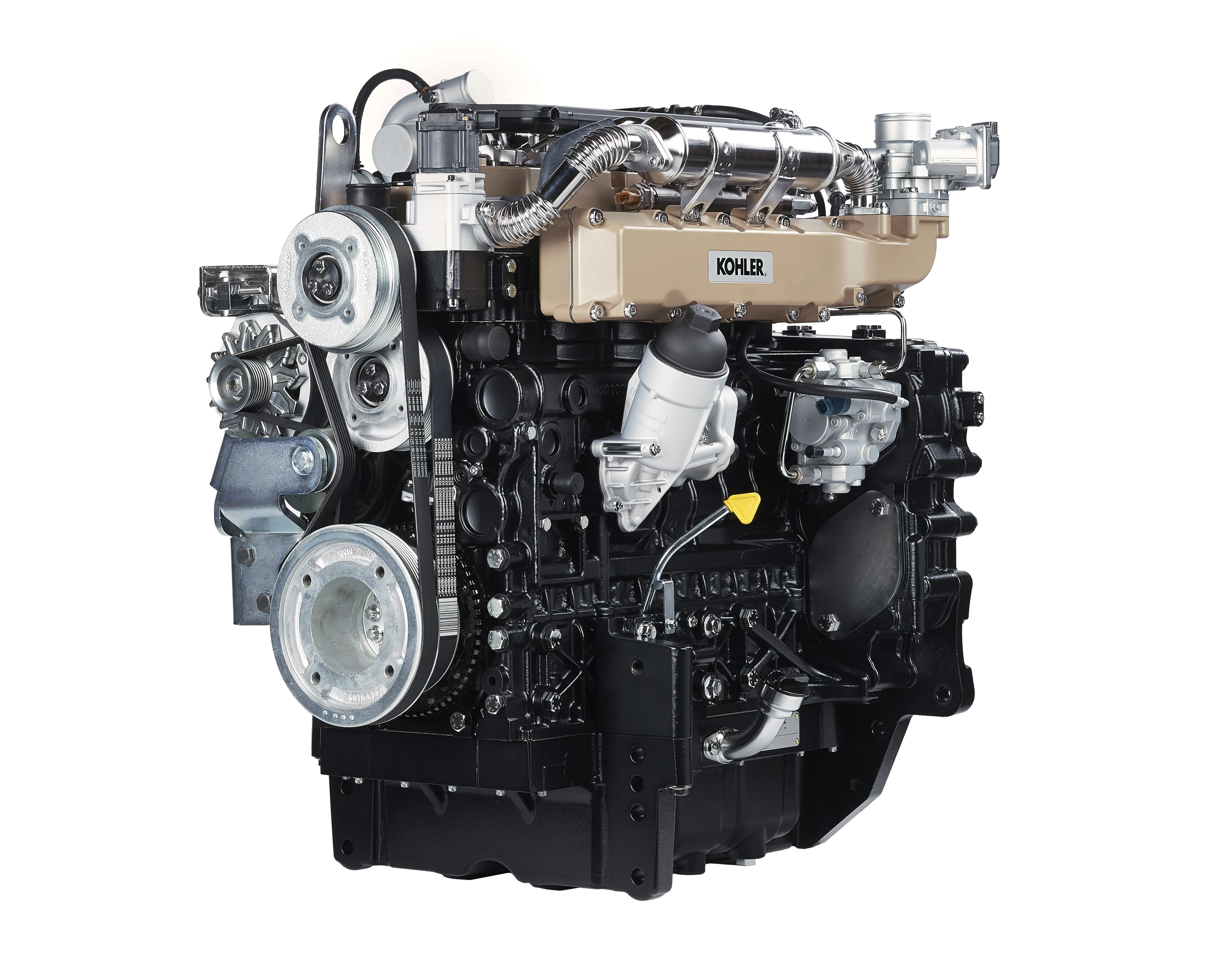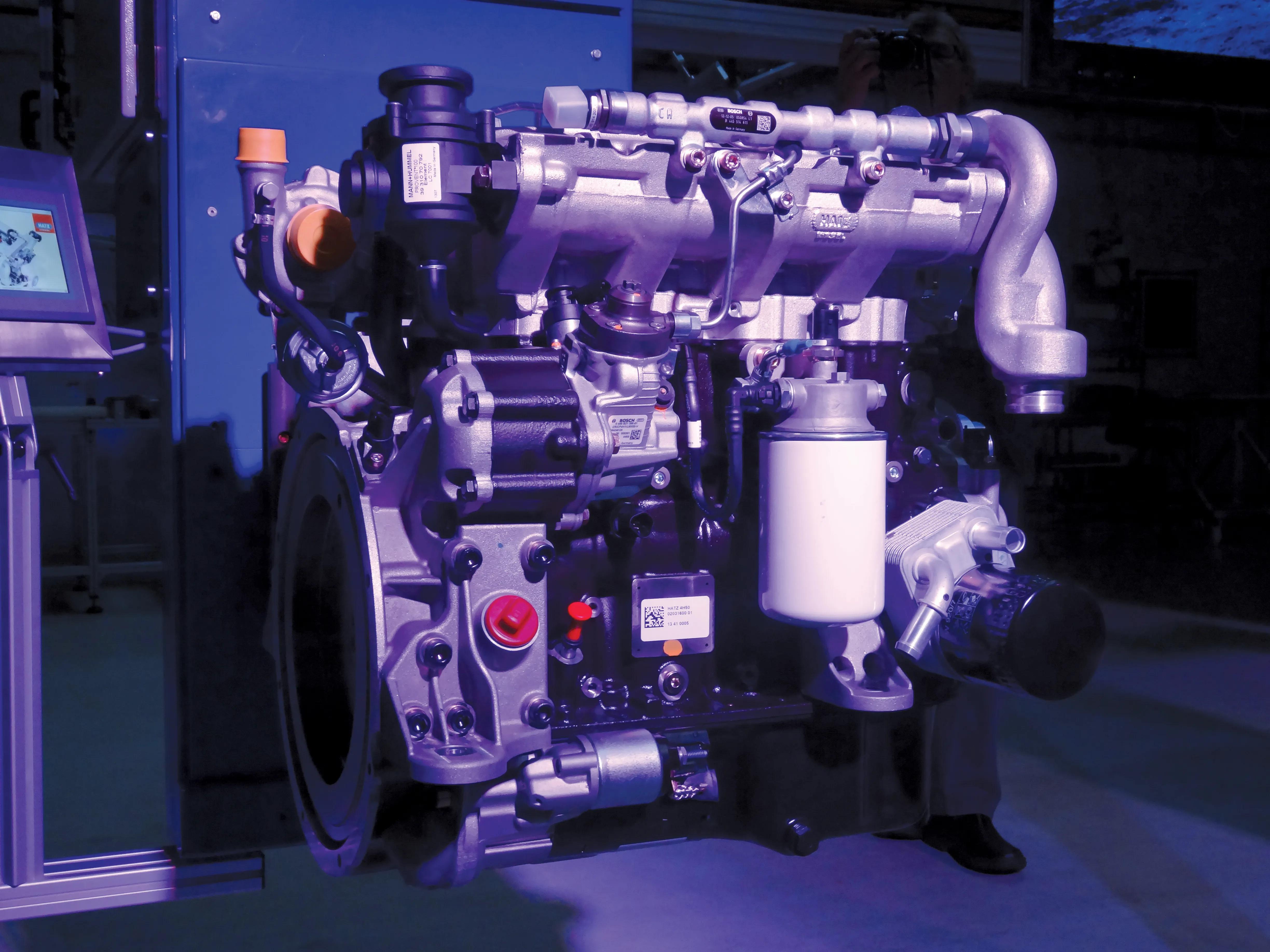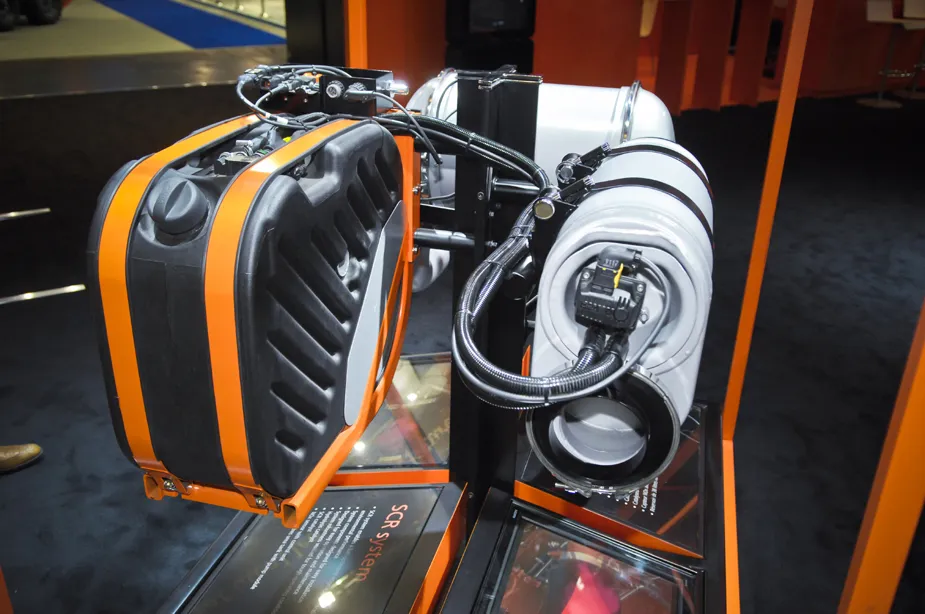
The new engine platform is designed to meet needs from customers for greater application flexibility, as well as compliance with the various emissions limits. Meanwhile the engines also offer high performance and productivity. According to Kohler the engines provide compact design, best-in-class performance, reduced fuel consumption, easy installation, and optimised solutions for every emissions regulation.
The firm says its engines provide clean combustion and advanced technology for aftertreatment. The novel DPF smart regeneration system has been developed through extensive use of advanced simulation tools and testing. Kohler’s exclusive regeneration strategy is completely transparent to the end users in every application and duty cycle.
KOHLER Flex is a range of solutions for emission control and at its heart is the clean combustion design that allows the use of a compact DPF to meet the Stage V emission standard. KOHLER Flex combines the clean in-cylinder combustion of KDI engines, made possible by high-pressure common rail, four valve head, turbocharger and cooled EGR, and the most compact aftertreatment devices (DOC, DPF and SCR) to comply with all emission requirements. The firm also says that the package also helps to minimise changes for engine installation into existing packages. These systems can be deployed in many combinations to achieve effective emissions solutions for the different markets.







